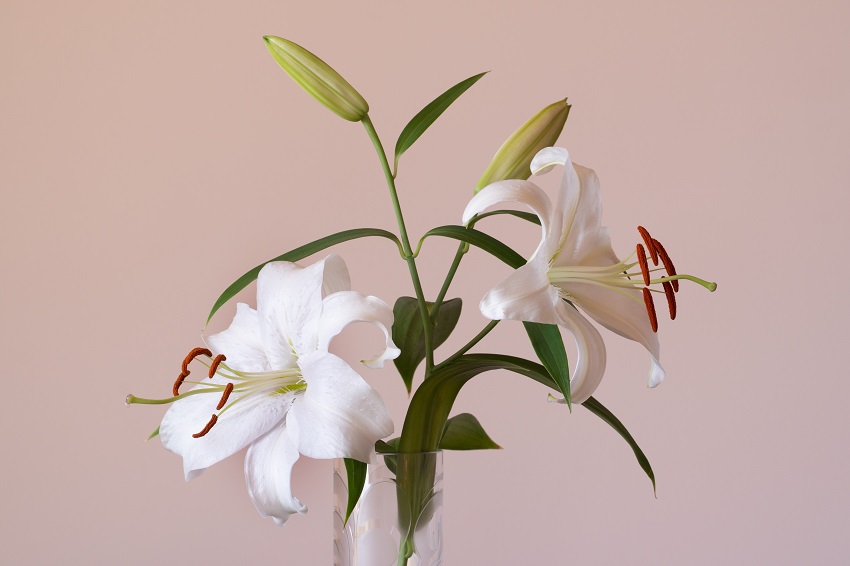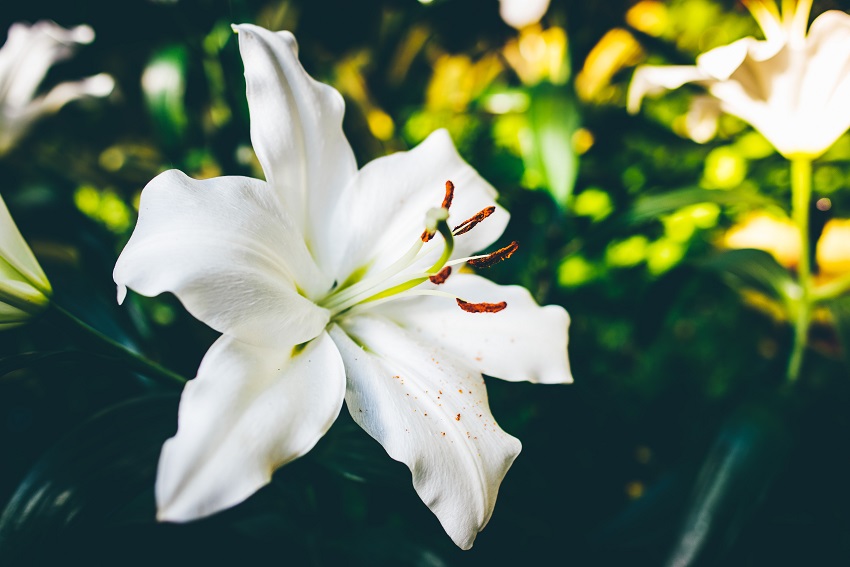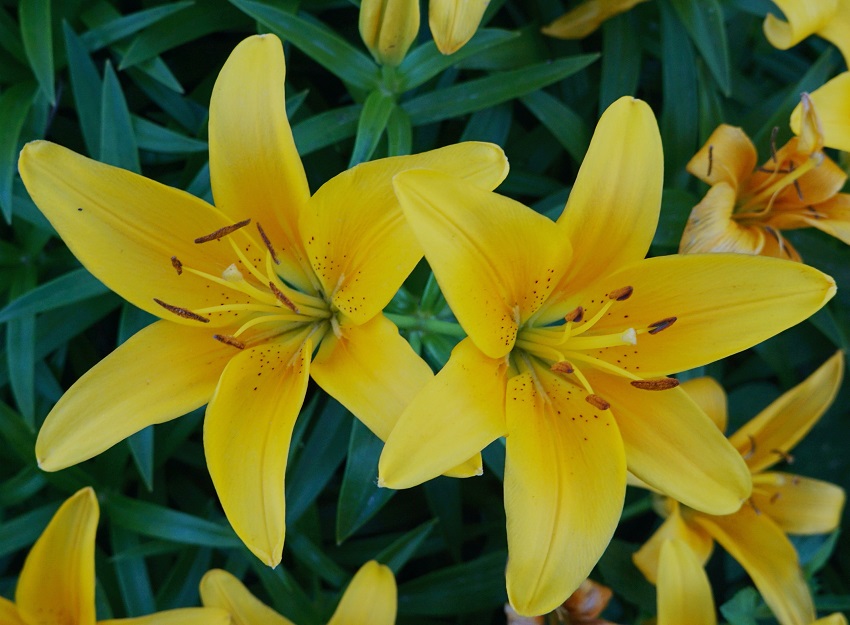What Is A Lily Flower? All Your Questions Answered

Overview of Gorgeous Lilies
Lilies, these elegant flowers truly mesmerize with their colorful, trumpet-shaped petals and intoxicating fragrance. From the universally loved Oriental and Asiatic types to the extensive symbolic meaning behind each variety, lilies hold an exalted position in the pantheon of flowers. At Lily's Florist, we stock popular varieties including Casa Blanca and Star Gazer lilies from the Oriental family, known for their large flowers and strong fragrance. In fact, they rank among the top four most popular flowers around the world! Our florists understand that different lily colours carry specific meanings - white lilies symbolize modesty and purity, pink represents admiration, while orange signifies honour and respect. But before you rush out to fill your home with these beauties, cat owners - be warned. Lilies can be highly poisonous to felines. It's vital to keep kitty safe from these plants.

Most lilies live only one to two weeks with their flowers blooming at frequent times. Colours consist of white, pink, orange, red and yellow.
Be aware, cat lovers, the lily is considered to be highly toxic to your loving pet!
Notwithstanding this toxic effect to cats, the lily is becoming very popular as a flowers gift, and ranks fourth in popularity around the world. The flower comes in different shapes, sizes and colours, and brings fragrance and beauty to your friends, loved ones, and in your garden.
Growing Conditions and Characteristics
If deciding to grow the lily, you need to choose a well-drained location in your garden, achieving a good half day of sunshine. You will notice if your setting is too shady, as the stems of the lily will lean over and stretch towards the sun. The most shade sensitive of the lilies is the trumpet lily, though most love the full sun as long as the bulbs are deep enough to keep cool during high temperatures.
The Customs and Etiquette of Gifting Lilies
When selecting lilies to gift someone, the color you choose conveys a unspoken message. Here are some of the most popular options:
- White lilies signify purity, virtue, and innocence. They convey sympathy and are often gifted as an expression of condolence.
- Pink lilies represent prosperity, abundance, and admiration, making them ideal for birthdays or anniversaries.
- Yellow lilies exude warmth, happiness and express gratitude. Gift these bright blooms for milestone events or to cheer up loved ones.
- Gifting orange lilies says "I'm proud of you" with their vibrant tones. Give them as a reward for achievements.
- Red lilies embody deep passionate love. They make the ultimate Valentine's Day, romantic gesture, or proposal gift.
Beyond just color, also consider factors like aroma, size, presentation and personalized touches to make your lily bouquet memorable.
Gifting Lilies with Etiquette
Be thoughtful about the quantity and scale of a lily arrangement suitable for the occasion. An intimate family dinner may warrant a small elegant bundle, while a flamboyant stage decoration works for a theater opening night.
When in doubt, let the age and persona of the giftee guide you. For traditional older recipients, lean towards classic varieties like Casa Blanca or Lilies of the Valley presented formally. For avant-garde tastes, make bold statements with exotic Star Gazers or Tiger Lilies in modern vases.
Ultimately, put care into customising floral gifts based on the uniqueness of each celebratory moment and individual you gift lilies to.
True Lilies vs. So-Called Lilies
Although many varieties of flowers have been called “lilies”, many of these so-called lilies actually belong to other groups of flowering plants. These include the arum lily, water lily and the 'day lily'. The true lily is composed of fleshy scales without a protective outer coating, and they are never dormant.
While the term lily is used in many different ways by those who are not acquainted with the diverse kinds of species, it is in fact correct that some lilies have a slight resemblance to one another, although not totally. This is confusing no doubt, but once you appreciate how the lily families vary, you will know better as you unscramble their classes.

Classifying Lilies: Understanding the them
Lilies that fall under the species Lilium, are characterised with an L. or the word Lilium, before its scientific name. For example: L. longiflorum, or Lilium longiflorum. Using an alphabetical image prior to the name of the scientific flower is what helps scholars set them apart. For a lily that doesn't belong to the Lilium species, another alphabet is set in its place, example: H. coccinea (river lily), or hesperantha (genus) coccinea.
Most Popular Lily Flowers
The most popular lily flowers are the calla lily, tiger lily, peace lily, stargazer lily and the Easter lily. Oriental lilies come in beautiful pure white and exquisitely fragrant Casablanca lilies complementing the rosy red, white petal edges stargazer lilies.
Lilies, with their vibrant colours and refined beauty, hold a special place in the world of flora. Whether you're growing them in your garden, gifting a bouquet, or exploring their varied symbolism, these flowers are a delight to behold. Understanding the different species and their unique characteristics enriches our appreciation for this charming bloom, making every encounter with a lily a more meaningful one.
First published 22.1.20, updated 10.5.24.
Blog Categories
Recent posts
- What 17 Years of Orders Taught Us About Toowoomba’s Flower Tastes
- 12 Christmas Wreath Decorating Ideas and Tips
- Do’s and Don’ts When Sending Christmas Flower Gifts
- The Significance of Christmas Colours in Flower Arrangements
- Stop BBQ Flowers Wilting: An Expert Guide to Flowers That Survive the Heat
- How to Select Birthday Flowers for a Man

